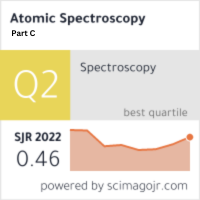Smart Surveillance for sustainable cities: Real-time missing child retrieval framework for video surveillance system
Keywords:
Video surveillance, Deep learning, Missing Children Detection, Missing Child Retrieval, YOLOv5 ChildLocate System, Artificial Intelligence, Neural networks.Abstract
A significant portion of law enforcement resources are dedicated to responding to reports of missing children. Video surveillance systems enhance the security and surveillance of public places such as airports, railway stations, and shopping malls. Despite this, the vast amount of video footage available can make it difficult to locate a lost child. In crowded areas and in a wide variety of settings, the problem is particularly acute. Firstly, we developed a dataset and a model for retrieving missing children. We present the first ever SmartChildren dataset derived from CCTV footage, comprising 8000 images spanning several ages and environments. Datasets are annotated as boy child, girl child and an adult. It is considered appropriate to label individuals under the age of twelve as children, and individuals over the age of twelve as adults. Based on the baseline of You Only Look Once version 5, the proposed YOLOv5 ChildLocate System detects individuals and labels them as girl, boy and an adult. Upon receiving a query for a missing girl child, the retrieval model will return that child from the gallery set of detected girl children who match the query. Hence, retrieval time is reduced. The Child Locate YOLOv5 works well with an 86.4 (1.2) % increase in mean Average Precision with 52fps compared to YOLOv5 with 85.2% with 45fps. And the child-adult retrieval network with mAP of 86.56% compared with MSCAN with 86.24%. A comparative analysis of the model is conducted with the developed dataset using six deep learning methods: ResNet50, Faster RCNN, R-FCN, SSD, YOLOv3, and YOLOv5. A variety of lighting and environmental conditions are used in experiments and ablation studies.



